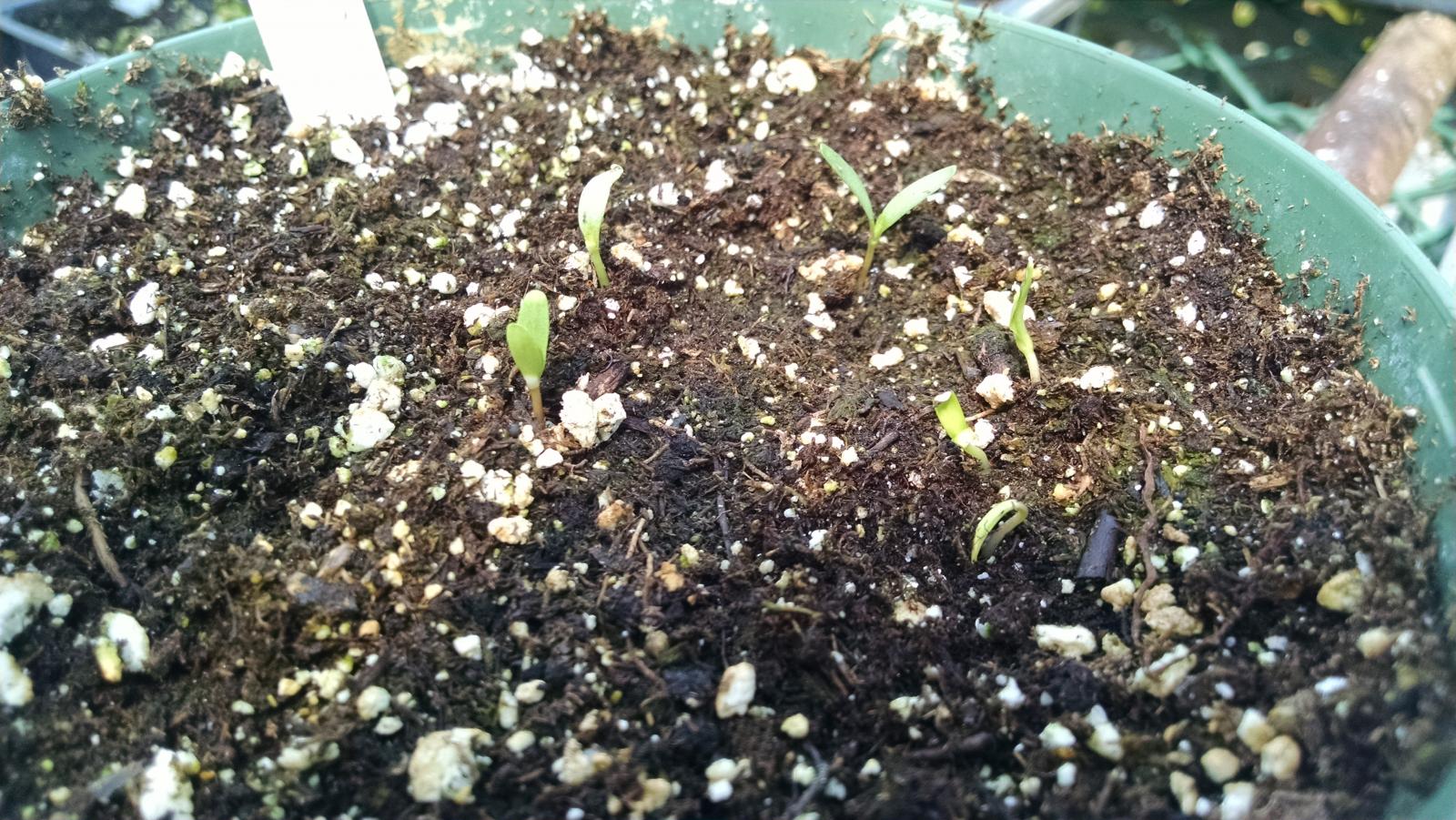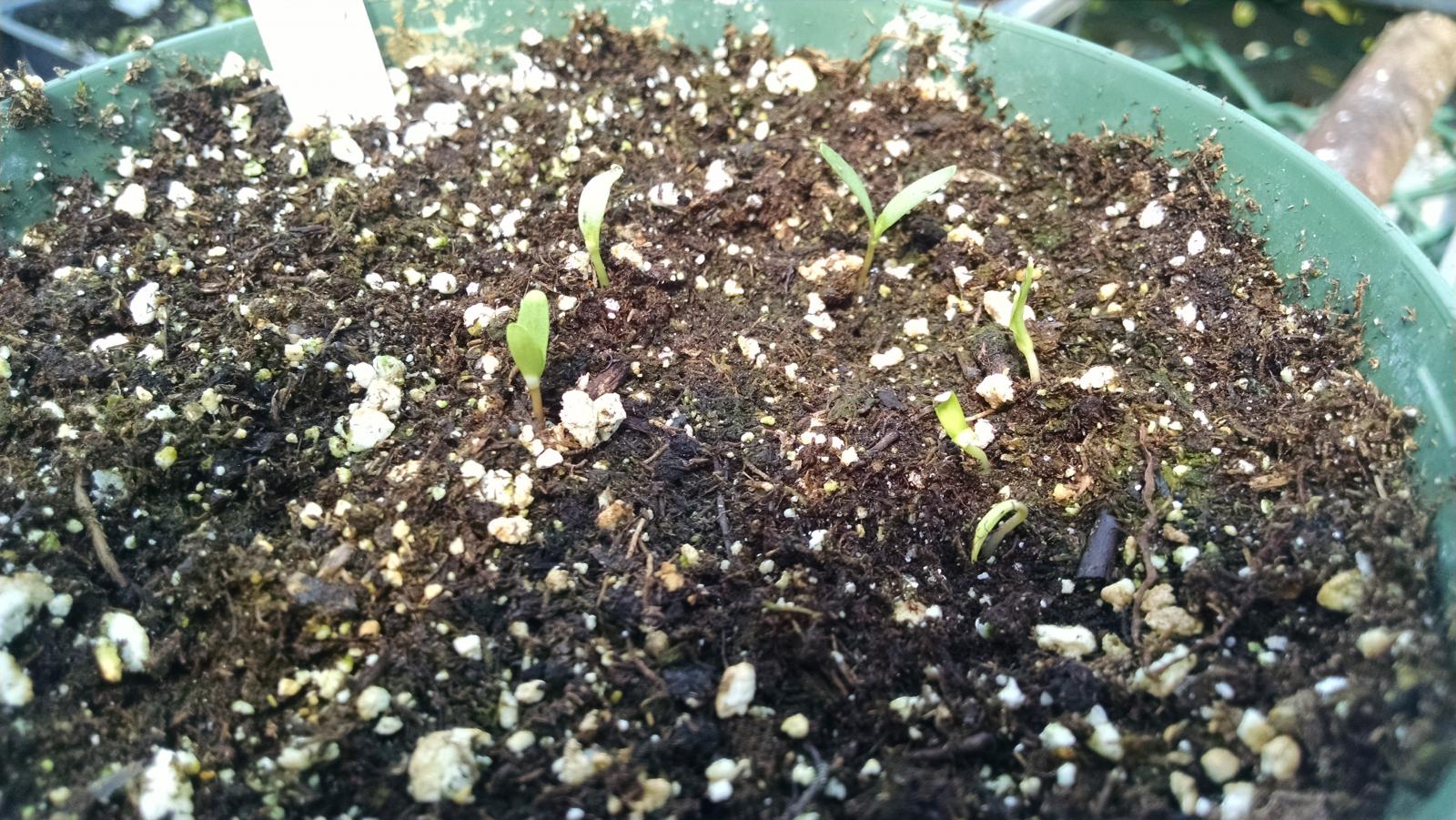alane1
Well-Known Member
Welcome to the thread Weizenstein! Hop hunting can be very frustrating, very rewarding and not to mention time consuming. Hops natural habitat can include riparian zones,(river banks) so it's as good a place as any to start looking. In the meantime it might be a better idea to start some seedlings. That way if you end up finding a wild female you may get some pollen from your male plants to start making crosses. Hope this helps, cheers.


 I picked a bunch and and dug up a side shoot from the crown to root. It's now doing well in my apartment. I gave the seeds some more cold stratification in the freezer and now I've got them soaking overnight. A lot of immature seeds, but several of them look big and brown so I'm optimistic.
I picked a bunch and and dug up a side shoot from the crown to root. It's now doing well in my apartment. I gave the seeds some more cold stratification in the freezer and now I've got them soaking overnight. A lot of immature seeds, but several of them look big and brown so I'm optimistic. 




